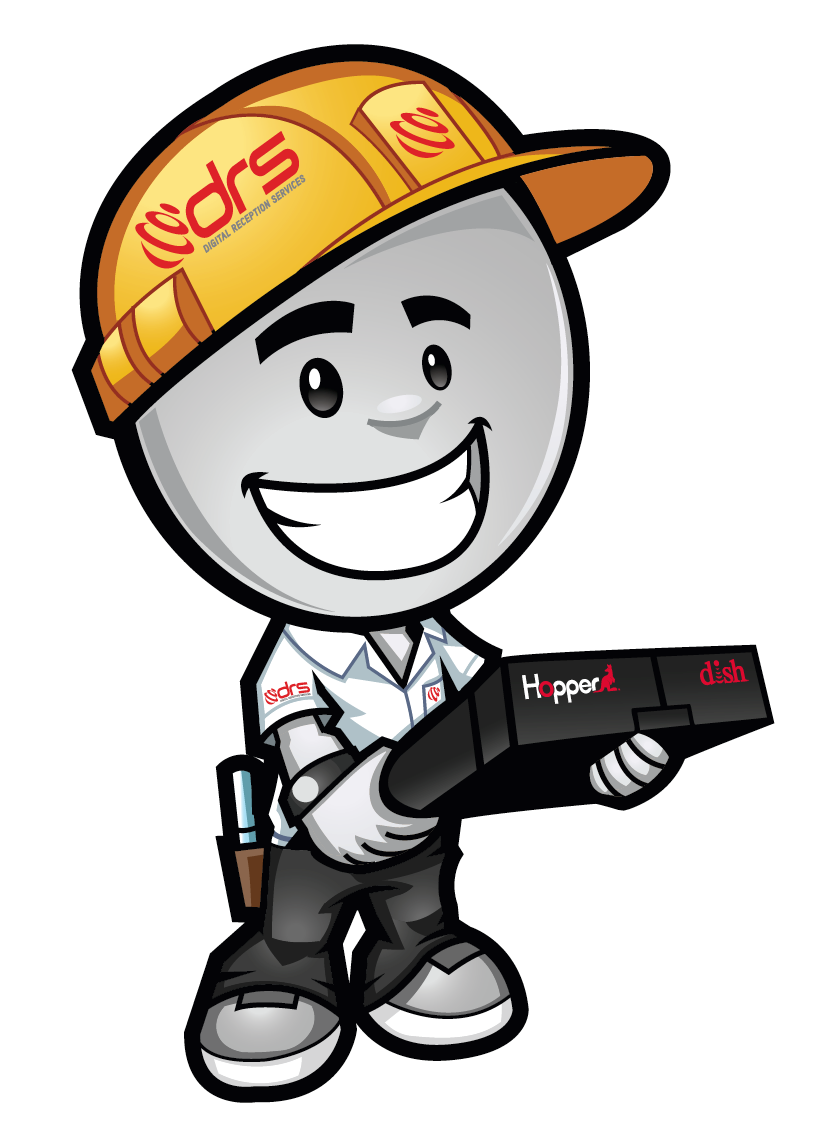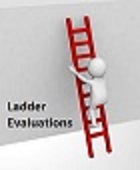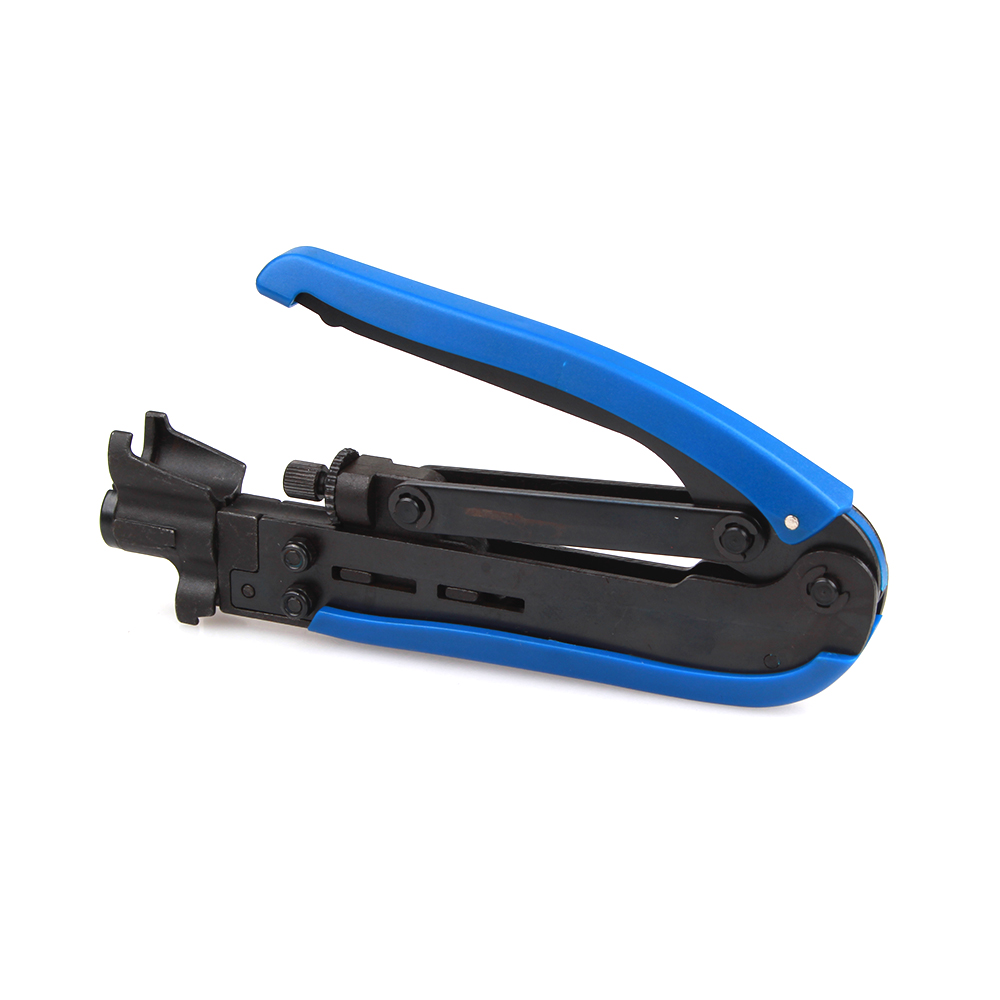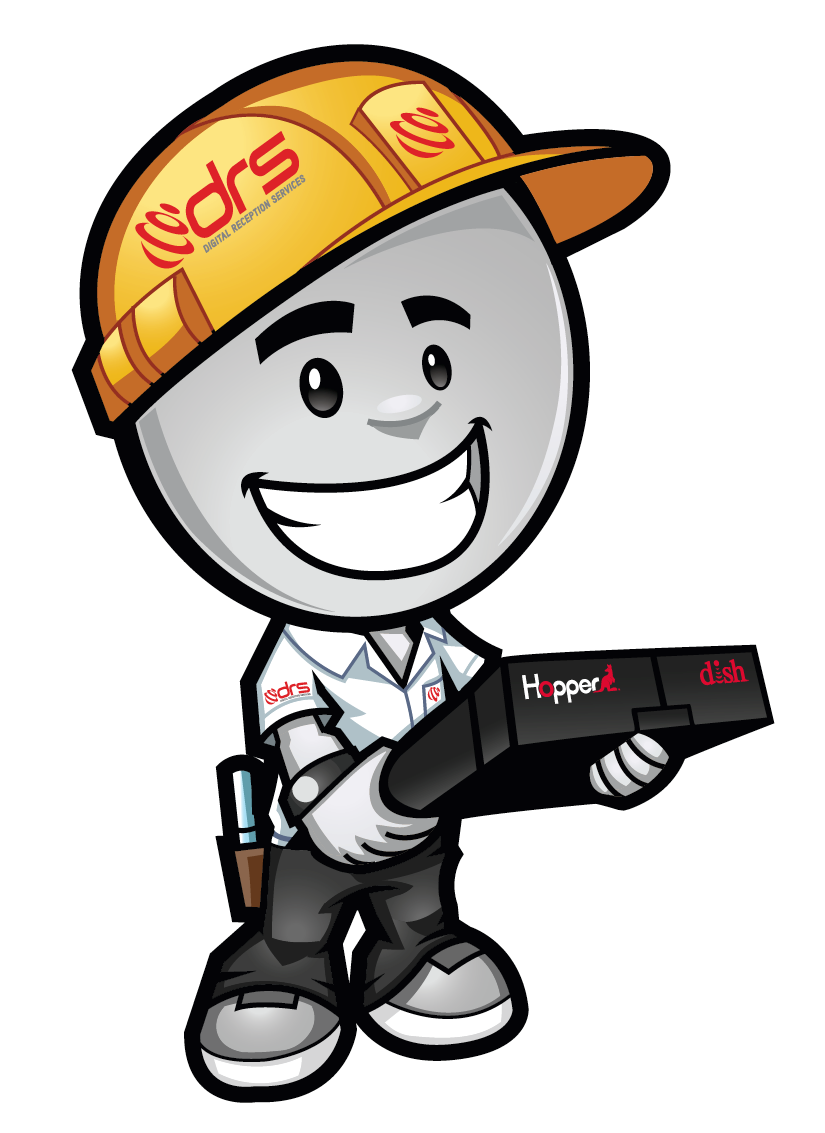Title Page
-
Conducted on
-
Technician's Name
-
Office Location
-
Evaluated by
-
Evaluation Location
Preparation
PREPARATION FOR THE EVALUATION
-
This preparation should be done prior to visiting the technician in the field. You need to be fully informed about the technician's safety history in order to do a good job when coaching.
-
What is this technician's current speeding percentage for the month?
-
What is this Technician's current speeding percentage for yesterday?
-
How many harsh brakes has this technician had in the last month?
-
Has this technician appeared on the Backing When Leaving report in the last month?
-
How many points does this tech currently have on the Driving Point Grid?
-
When do their points expire on the Driving Point Grid?
-
Has the technician had an auto incident in the last year?
-
Describe what happened in the incident.
-
Has the technician had a recordable injury in the last year?
-
Describe what the injury was and why it happen
-
What did you find on your last evaluation that you need to follow up on?
PARKING
-
Is the van parked properly (backed in, side doors toward the house, nose in diagonally)?
-
Are cones properly deployed (one in front and one in back)?
-
If unattended, is the van locked and windows closed?
-
Take a picture of the van
STRAINS & SPRAINS
-
Strains and sprains are our number one cause of injury at DRS. Because it is so important to reduce these type injuries, this category's completion is essential. Lets spend a little extra time on preventing these type of injuries by observing and coaching your team on each of their evaluations.
-
Is the cab of the van clean with no loose items?
-
Is the back of their van clean and organized?
-
Are all heavy items near the exterior of the van so that a tech does not have to reach into the van to get them? They are very close to the doors.
-
Take a picture of the back of the van
-
Are ladders properly stored on or in the van?
-
Can the technician properly demonstrate how to lift the ladders?
-
Are they wearing DRS approved boots?
-
Are the boots in good condition? (water resistant, soles not worn out, shoelaces good, etc.)?
-
Can the technician demonstrate their stretching routine?
-
Does the technician scan the route for hazards before starting the lift?
-
Do they pick up the load as close to their body as possible (in the power zone)?
-
Do they carry the load close to their body?
-
Do they bend at the knees, back straight, and head up when lifting?
-
Are they stepping toward the direction they are turning and preventing their torso from twisting while carrying the load?
-
Take a picture with their knees bent, back straight, and head up when lifting.
-
Observe the technician working. Are they working in comfortable positions that are not awkward or putting strain on their bodies?
-
Complete a spot check of the technician's tools. Are they their drill bits sharp?
-
Does the tech know the speed and torque settings for drilling into concrete? Wood?
-
SETTINGS: lowest speed when inserting lags or doing screw clips. When going into a stud they should start around 15, they can always go up from there. If no stud then set the torque between 3-5. Treat brick like a stud, start around 15 and go up if needed
LADDERS
-
Ladders is the number two cause of injuries at DRS. Every moment you spend correcting your techs ladder usage may be the coaching that prevents your tech from having an injury.
-
Inspect their ladder(s). Are they working properly and lubricated?
-
Is the ladder free of any damaged or missing parts?
-
Did they set the ladder up properly (4 to 1, 2-rungs, 3-rungs, secure)?
-
Are they keeping 3 points of contact when climbing or standing on the ladder?
-
Are they hooking their heels?
-
Are they keeping their belt buckle inside the rungs of the ladder?
-
Observe the technician working. Are they working in comfortable positions that are not awkward or putting strain on their bodies?
SAFETY REQUIREMENTS
-
Do they have water available for hydration?
-
Is their water stored in the back of the van?
-
Take a picture of their water
-
Is their first aid kit complete with all items up to date?
-
Is their first aid kit and fire extinguisher mounted in an open and obvious location?
-
Take a picture of the fire extinguisher and first aid kit
-
Is the tech wearing his name badge?
-
Is the tech wearing their hardhat (if required)?
-
Is the hardhat in good shape (no cracks, clean, etc.)?
-
Is the tech wearing their safety glasses (if required)?
-
Are the safety glasses in good shape and not obscuring vision?
-
Are booties being worn (if required)?
-
Are the booties in good condition?
-
Is their headlamp bright?
-
Do they have extra batteries?
ADDITIONAL SAFETY PROCEDURES
-
Did you get the opportunity to observe the technician's safety behavior in an attic?
-
Did they observe all safety guidelines while entering and navigating the attic?
-
Did you get the opportunity to observe the technician's safety behavior on the roof?
-
Did they perform the work on the roof observing all the safety guidelines?
-
Did the technician use their outlet tester on outlets when doing the customer walk around?
-
Did they install the dish at least 10 feet away from overhead or underground electric?
-
Did the technician unplug the receiver before working on the receiver?
-
When they drill do they drill from the inside out?
-
Did they cut and inspection hole prior to drilling?
-
Did the technician correctly inform the customer of our animal policy?
-
<br>Were the animals put away correctly?<br>
-
Did the technician notify you that he was in the lightning policy?
-
Were they following the policy and working inside his van or inside the customer/s house for 30 minutes?
-
Can the tech tell you what the lightning policy is (30-30 rule, flash / bang)?
FINAL
-
If you were to rate the level of this technicians safety attitude during this visit on a scale of 1 to 10 with 10 being the highest, what would it be?
-
What is your plan of action for observed safety opportunities?
-
Technician Signature
-
Evaluator's Signature















